Shades of Colour is an underwater photo competition which we've been running for years in Dive Pacific magazine. Enter and you might have your image published in the magazine, as well as win Sea Tech vouchers!
The New Zealand Underwater Association (NZUA) are creating a new look for Dive New Zealand magazine in the form of an interactive website which is due to be launched shortly. We will continue posting results on the Sea Tech website in the meantime.
All images are copyright the photographer and used by permission. Please contact us if you wish to use any of these images and we can put you in touch with them.
Our competition schedule can be found here. We are currently taking entries for the next comp.
The level of skill continues to amaze us!
By Dave Moran
We are constantly amazed by the enthusiasm of divers entering their photographic images into this fun competition. It is so gratifying to see the growth of their skills develop! It is getting more and more difficult to select a Winner and Highly Commended in each category!
This time around we felt we just had to add a third level, Honourable Mention! (Unfortunately this does not come with a prize, just the acclaim of your peers.)
In the Advanced Category we see the results of photographers Judy Ormandy and Alex Stammers both using high-quality optical lenses to achieve stunning macro images. The detail is incredible!
Over the years we have mentioned that a camera is a tool to create art.A bit like a painter uses brush strokes, a photographer can use a camera to create an image that can trigger human emotions – creating beautiful, thought-provoking imagery.
We received an entry in the Novice category by Jack Abbott that we could have easily overlooked. But we took a second and third looks at it – the image kept drawing us back. The longer we spent the more this simple image revealed itself!
We encourage you to experiment. Think out of the square – it’s a challenge and can be a heap of fun as you learn new tricks!
With Covid travel restrictions reduced recently, international travel is becoming an option for divers again. We are looking forward to some of your warm images of tropical adventures in the coming months to warm us through the last of winter!
Thanks again for entering. We wish you all some fantastic diving in the future, enjoy!
This Issue’s Winners:Advanced Category Winner:

Matt Dowse, Australia. ‘Swansea Green Moray’; Swansea Bridge, NSW, Australia. Canon EOS 7D, 60mm macro Canon EF-S lens, Ikelite housing, 2 x Ikelite DS161 strobes – 1/125 f/20 ISO-320
Congratulations Matt Dowse, NSW, Australia.
Matt was diving under Swansea Bridge in NSW. Just south of Newcastle, it connects the southern and northern sides of the narrow coastal entrance into Lake Macquarie – Australia’s largest saltwater lake! Dive Newcastle is located just 20 meters from the bridge.
The incoming and outgoing tide “feed” a massively diverse ecosystem under the bridge.
Judges’ Comments
As we scanned the various entries this picture jumped out at us. Most underwater photographers will have taken images of a Moray eel; we have seen plenty!
But this winning image is different. Matt clearly spent some time with this subject, who appears very relaxed and not at all concerned with Matt’s presence! This time allowed Matt to finely adjust his camera and lighting settings to take this image through a 60mm macro lens after a several attempts.
Key points about this image:
- Has that elusive WOW/drama factor!
- It has the illusion that this moray is slowly emerging out of a misty, foggy black environment. This was achieved with camera setting of f20, 1/125 and ISO320 and soft lighting delivering stunning vibrant colour.
- Perfectly framed and cropped.
Well done Matt! Matt receives a Sea Tech Gift Voucher for NZ$100.00

Judy Ormandy, New Zealand. ‘Eye to eye with a crab’; Port Victoria Jetty, SA, Australia. Olympus Tough TG-5, Ikelite housing, Nauticam CMC-2 macro lens, video light – 1/200s f/6.3 ISO-200.
Covid restrictions for international travel lifted just in time for Judy, who headed off to South Australia and the town of Port Victoria on the coast of Spencer Gulf.
Once a port for the grain trade windjammers (a type of merchant cargo ship common at the turn of the century), Port Victoria is now a popular holiday destination.
Built in 1877, the jetty at Port Victoria is 200m long, providing a lot of potential real estate for muck divers to check out – Judy was keen to do just that!
What a great location to get the most out of her Nauticam Compact Macro Converter lens (CMC-2), with its 2.8x magnification.
Judges’ Comments
Key points about this image (which has some similarities to the winning image by Matt Dowse.)
- Wow factor – literally “What is that?”
- Great example of taking an ordinary subject and taking a photo that changes your perspective and subverts your expectations – which many say is the point of art.
- Image is mainly sharp in focus at approximately 80%. You need a VERY solid foundation to help prevent any camera movement when taking a picture this close to a subject. Note the fine detail of the crab’s “whiskers!”
- Lighting was via a fixed LED light, which provided excellent shades of colour.The top of the image has not been luminated as well as the mid and lower sections of the image. The width of the beam angle (100–120°) and the distance the light head is from the subject will determine the spread of the light over the subject.
Most video lights have 3 to 4 power settings, allowing you to adjust the lumen output to compensate for how far back from the subject the light head is to give you the best lighting coverage over the subject. (Note, it is best to have the light head set back from the front of the camera’s lens to prevent direct light entering the lens and causing lens flare.)
Well done, Judy. Judy receives a Sea Tech Gift Voucher for NZ$75.
Advanced Honourable Mention:

Alex Stammers, New Zealand. ‘Fish Lips’; Goat Island Marine Reserve, Northland, New Zealand. Olympus PEN E-PL7, Olympus housing, Inon UFL-M150 ZM80 Bugeye Lens, 2 x Inon D-200 Strobes.
Congratulations Alex Stammers, New Zealand.
One of Alex’s favourite dive locations is Goat Island Marine Reserve just 20km north from Auckland city. Created in 1975 and officially opened in 1977. Since then, the reserve has established itself as a shining example of how nature can flourish in abundance when marine life is not harvested by humans!
Alex was having fun with a creative close-up lens on a subject that was co-operative with a diver and camera being very close. This kelpfish obliged to sit quietly for the photo shoot!
Fish in reserves tend to be less intimidated by a diver and noisy scuba bubbles since they’re used to being observed.
Judges’ Comments
Another stunning image entered by Alex. This image, like the winners above, has that elusive WOW factor. As judges we just had to have a serious look at this image.
One of the first things we thought was, this Hiwihiwi (kelpfish) sure has an attitude! The clarity of the detail in this image is just stunning.
Alex was using an Inon UFL-M150 ZM80 compact fisheye lens, often called an insect-eye lens or bugeye lens. Lenses like these were especially designed to photograph the eyes of small marine life.
It allows you to get incredibly close to a subject and shoot a perfect, in focus image. Alex told us that the fisher’s lips were touching the lens!
The strobe lighting strength and angle to subject is perfect.
Well done, Alex. You’re making our job very tough! Alex receives … the adulation of his peers and the esteem of the judges. Sorry Alex, close but no cigar.
Novice Category Winner:

Mike Johnston, New Zealand. ‘The teacher’; The Sirens, Taputeranga Marine Reserve, Wellington, New Zealand. Olympus SP-350, Olympus PT-030 housing, Sea&Sea YS-110α strobe – 1/320 f/4 ISO-50.
Congratulations, Mike Johnston, New Zealand.
Mike and his diving buddy wife Karen were diving ‘The Sirens,’ AKA Siren’s Reef, in Island Bay’s Taputeranga Marine Reserve which is only 6km from Wellington centre! The reserve was officially opened in September 2008.
Divers know how inquisitive blue cod can be. They tend to follow you around snapping up any small crustaceans that your diving activities may have stirred up out of the seabed!
Karen, who used to be a teacher, seems to be at home in this classroom instructing two very active children! Mike suspects the blue cod were looking at their reflections in his wife’s mask!
Judges’ Comments
- Firstly, a lovely picture of a diver enjoying interacting with inquisitive marine life.
- Perfect timing to freeze the movement of two fish peering into the diver’s mask. The shutter selection of 1/320 of a second, and single soft strobe light producing a natural underwater vista.
- The picture is well framed.
- If the diver’s expelled air bubbles were away from her face, so that both her eyes were clear to see that would have improved the picture greatly.
Easy to say, but as we know it’s very difficult to have the fish just where you would like them to be and the expelled air bubbles clear of obstructing the diver’s face!
Taking multiple shots is really about the only way of hopefully capturing the so-called “sweet spot”.
Well done, Mike we look forward to receiving move pictures of your diving adventures.
Mike receives a Sea Tech Gift Voucher for NZ$75.
Novice Highly Commended:

Jack Abbott, New Zealand. ‘Swimming against the current’; Island Bay, Wellington, New Zealand. Olympus OM-D E-M5 Mk II, Olympus housing, internal flash, Light & Motion Sola Video 2000.
Congratulations Jack Abbott, New Zealand.
Island Bay is a very popular diving location west of Wellington International Airport. Jack snapped this picture of his diving buddy enjoying the tranquility of freediving.
Judges’ Comments
We discussed this picture for some time!
Over the years I have seen International underwater photo competition won by pictures that push the expectations of what an underwater image should look like.
Natural history pictures usually tell a story of an animal’s behaviour or beauty. These are in a class of their own.
Sometimes you see an image that you wonder, was it taken underwater? Something that has a special magic about it. The more we studied this image the more we liked it.
- The lovely shimmering of the water’s surface.
- The reflection of the diver’s leg in the water’s surface.
- Capturing movement! This image is in motion.
- The blur of the diver’s movement through the water and the lines created.
- Capturing the flexibility and forward movement of the long freediving fins – wonderful!
Thanks, Jack, for having the courage to enter this picture.
We encourage you and others to continue experimenting with creating something that is quite different from what people normally expect when looking at underwater images.
Jack receives a Sea Tech Gift Voucher for NZ$50.
Gallery
Click on an image to enlarge and see photo details
Advanced category












Novice
























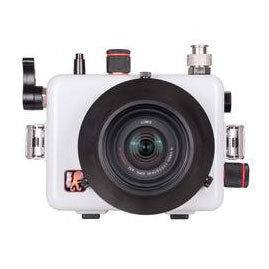
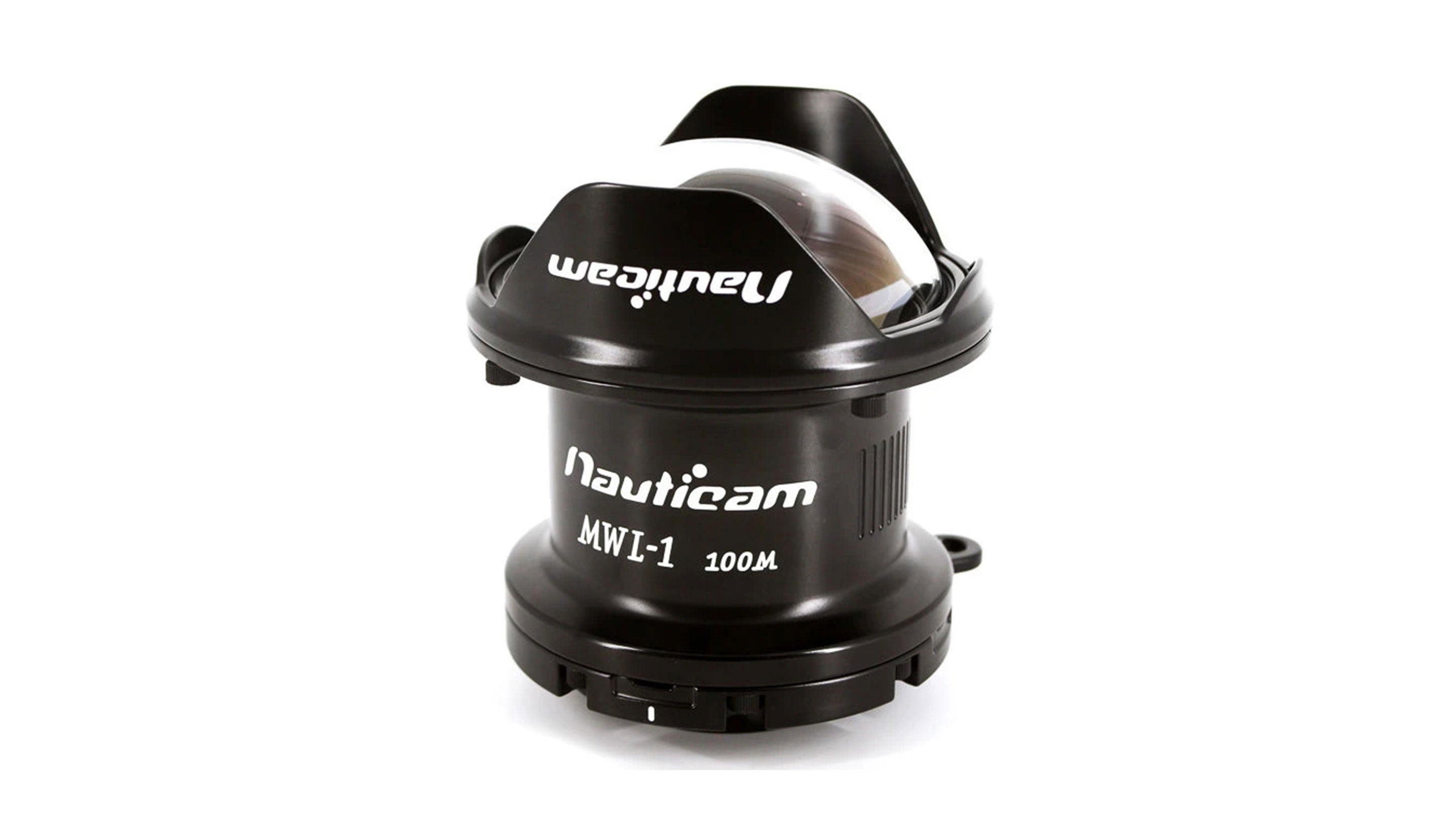
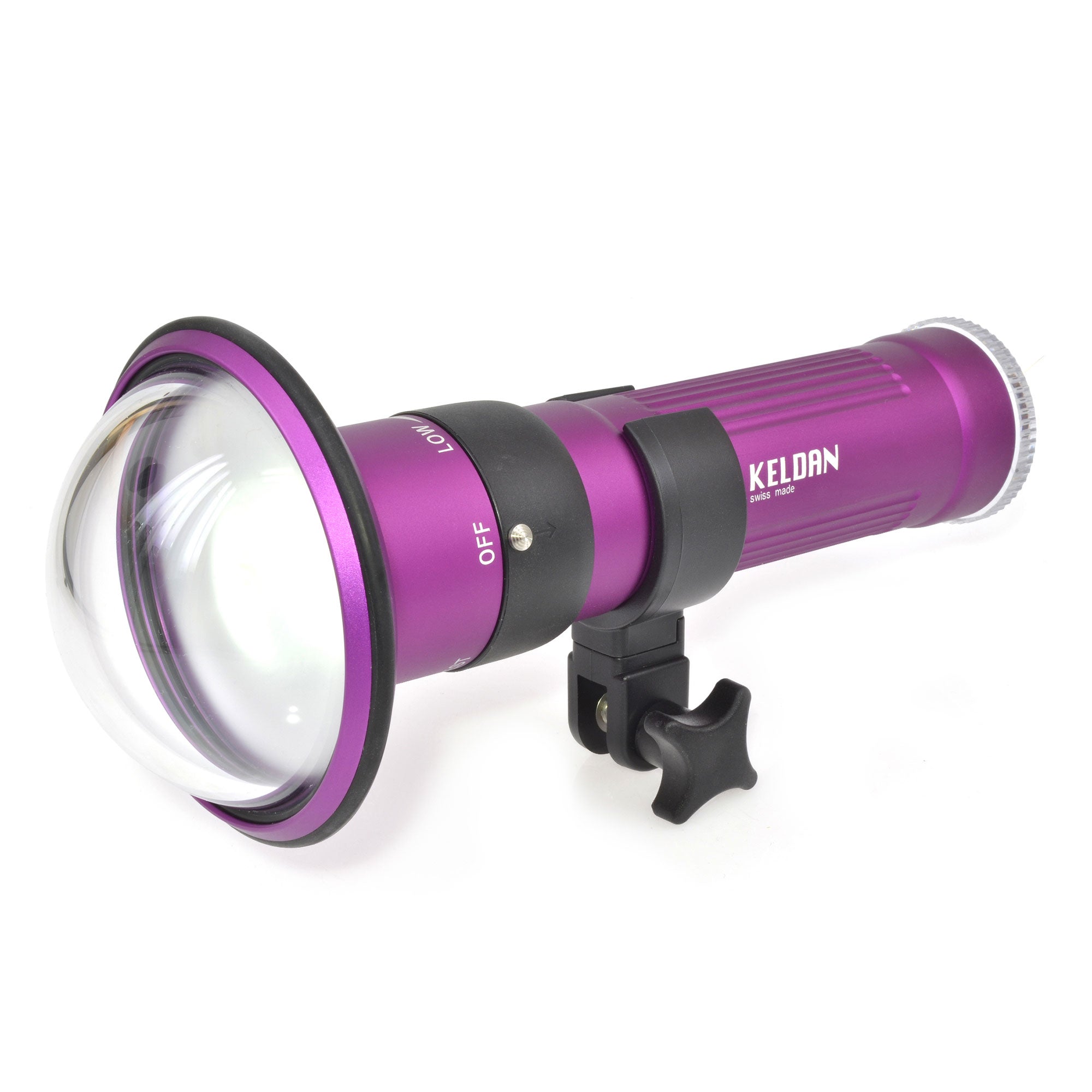
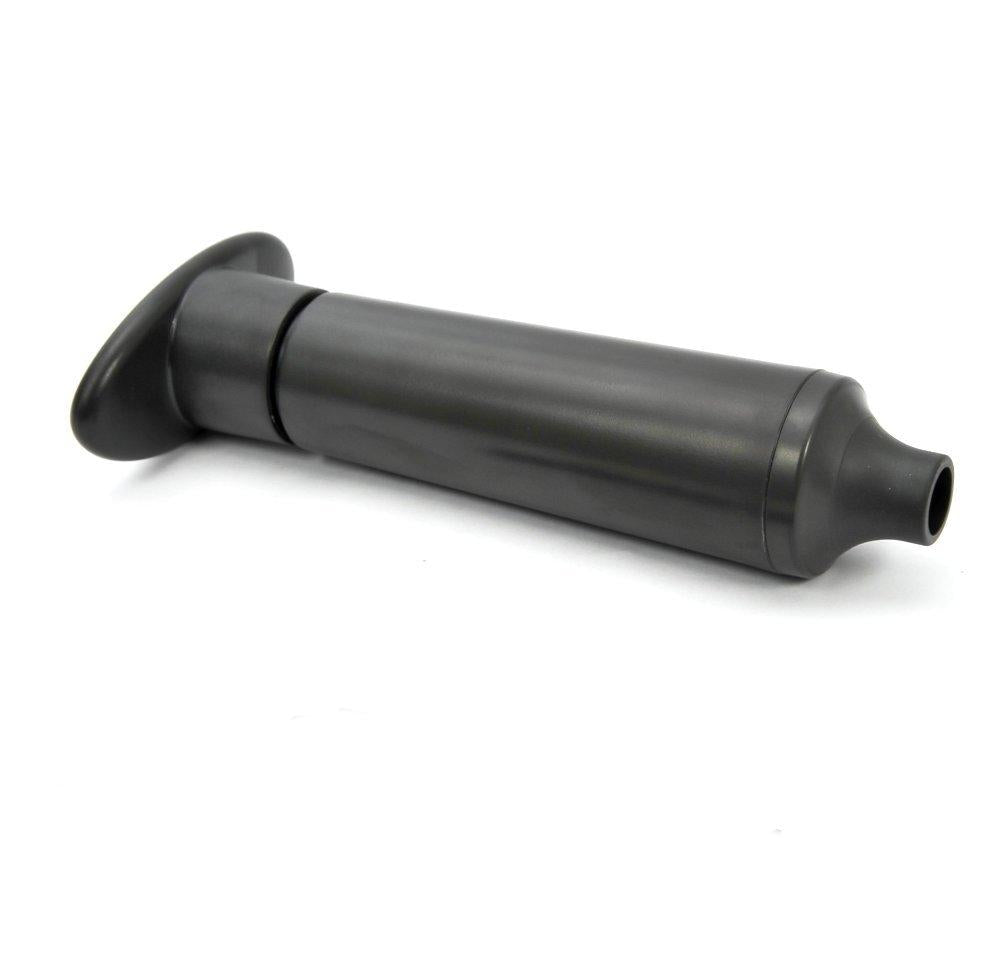
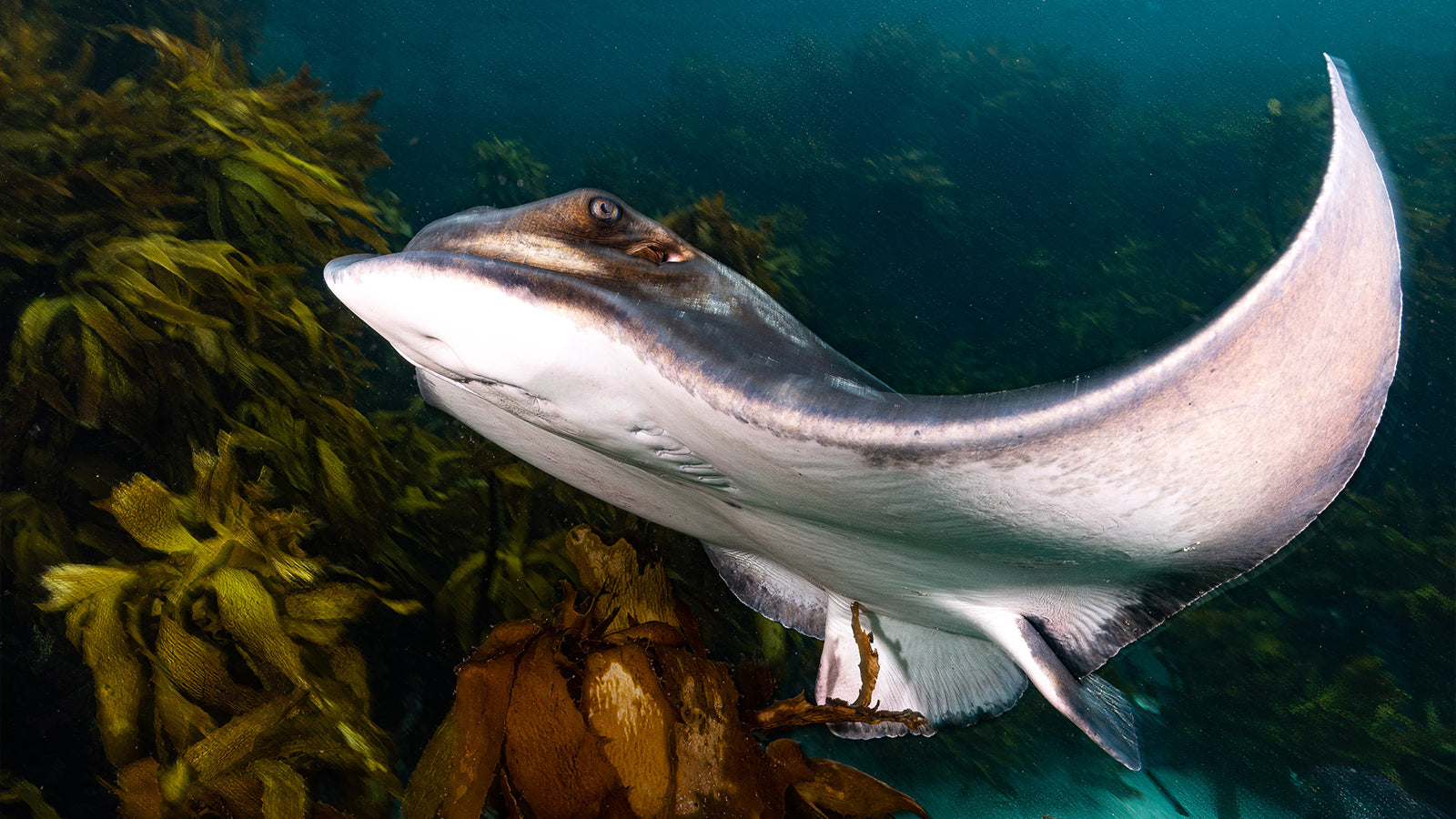

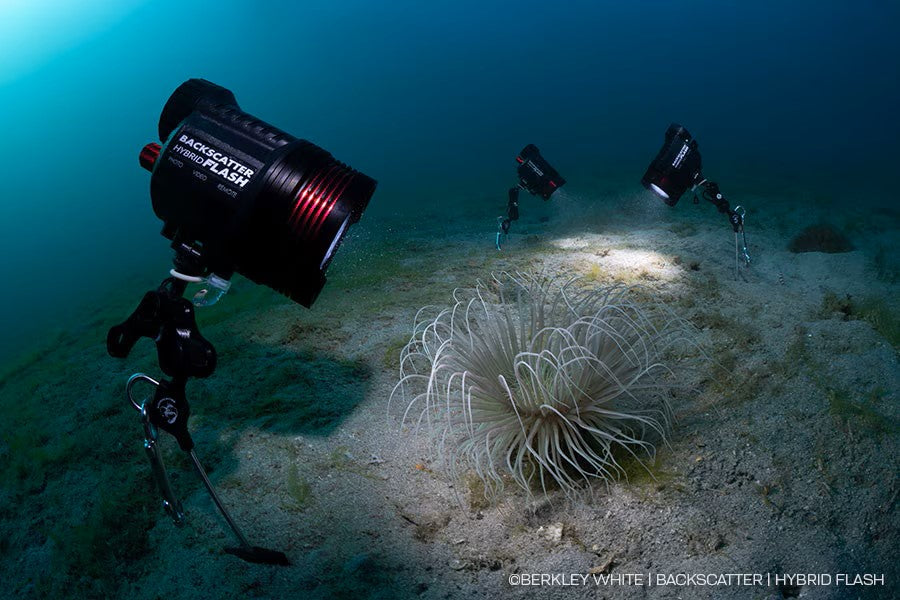
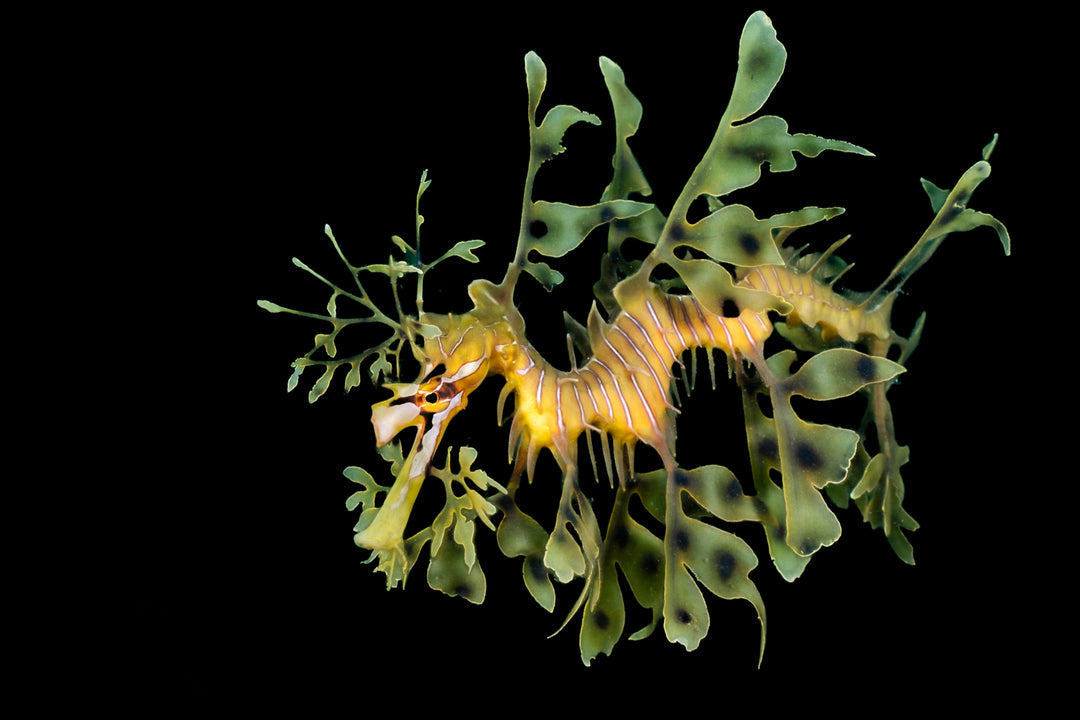
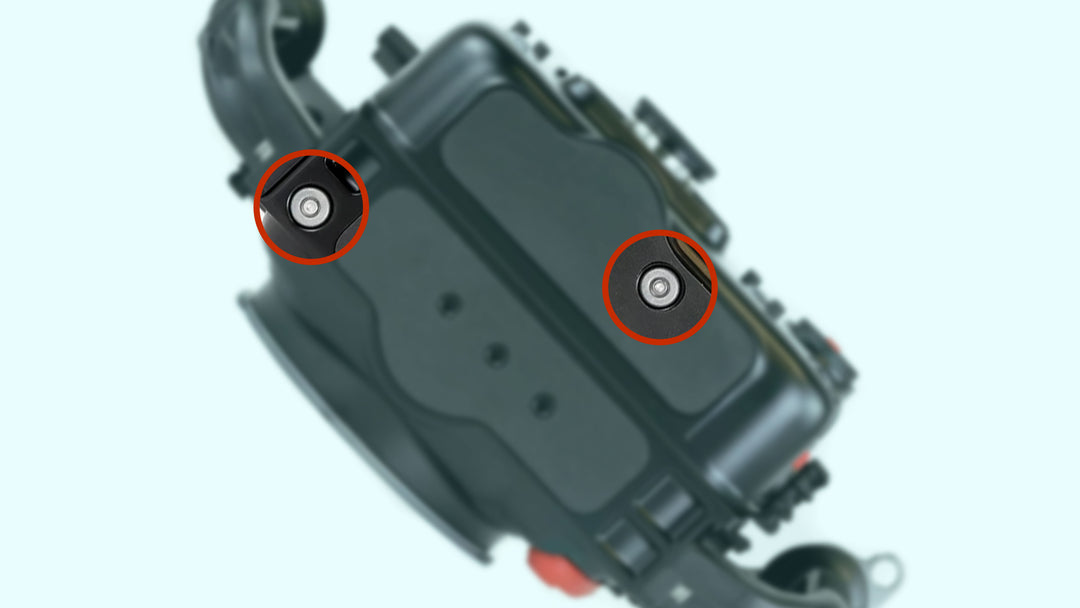
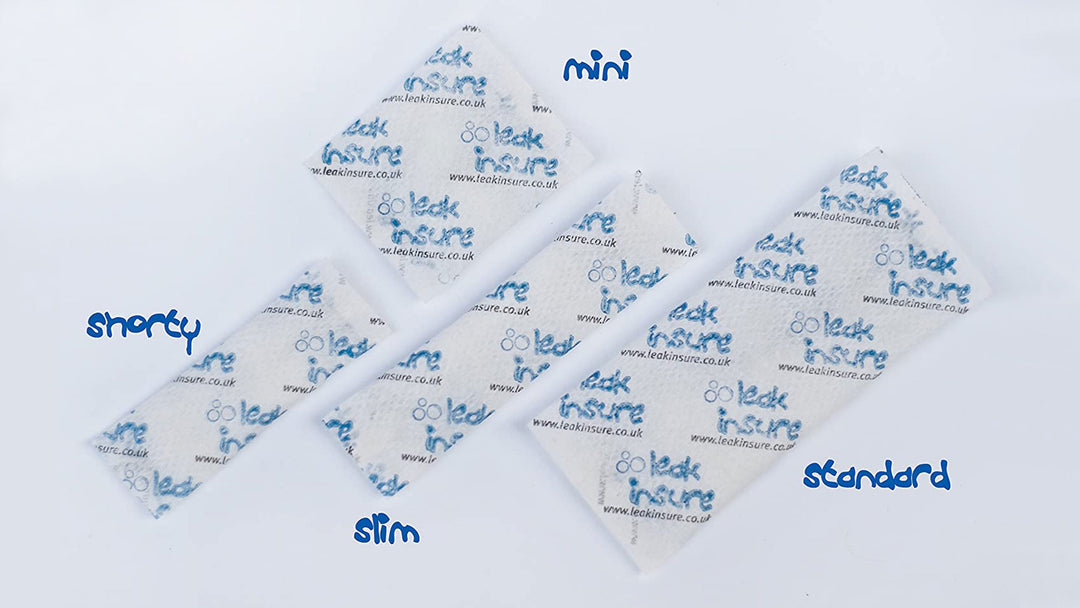
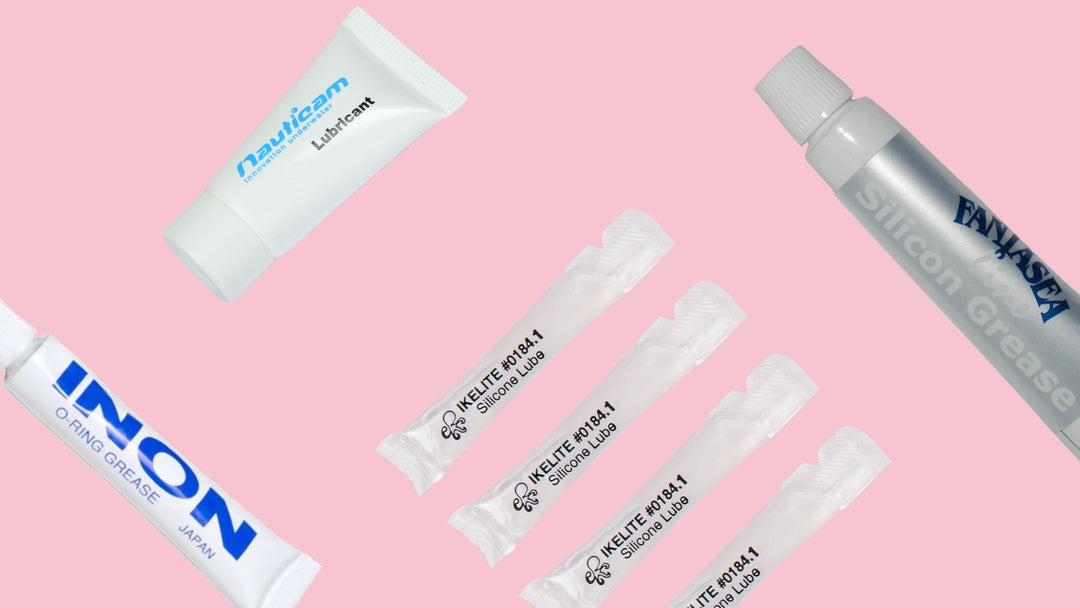
Leave a comment